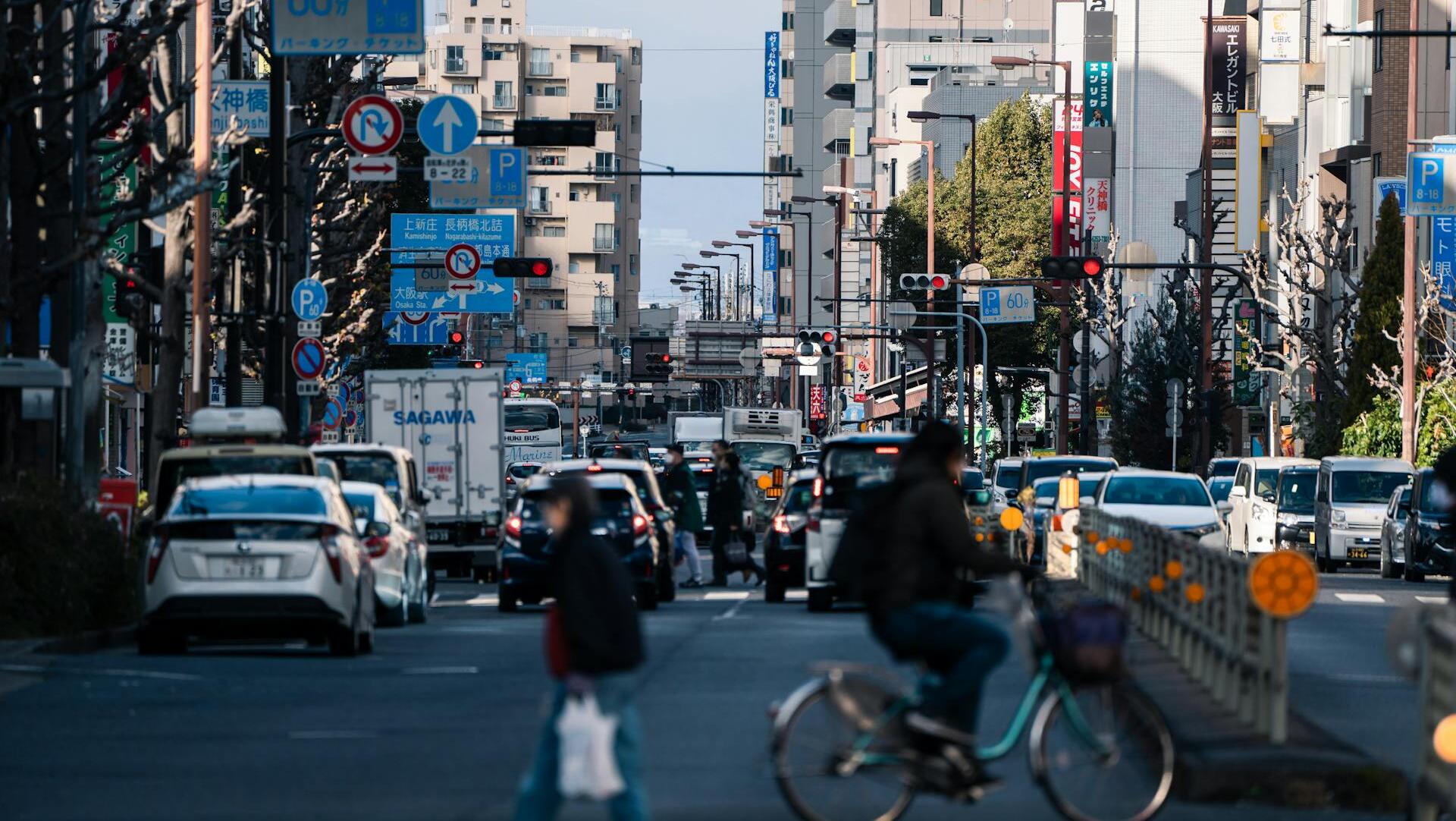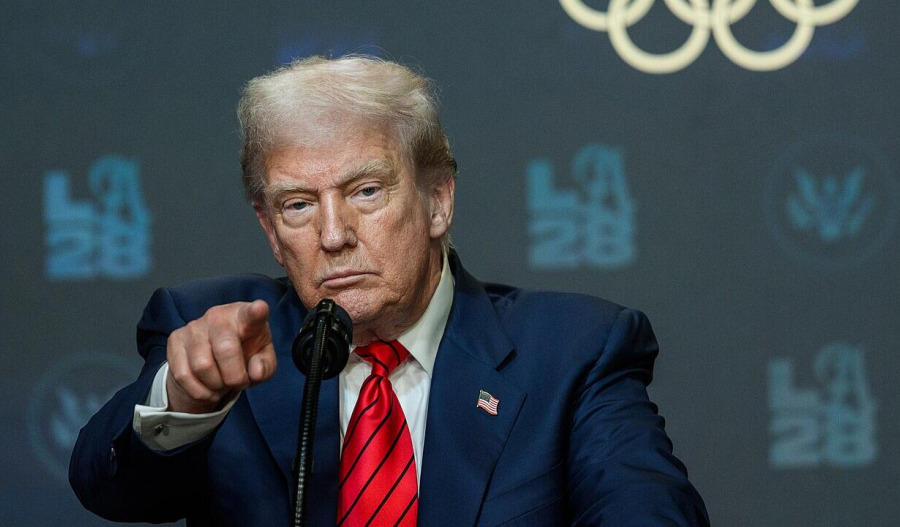Asia-Pacific equities traded mixed on Friday as markets absorbed United States President Donald Trump’s plan to impose a 100% tariff on imported semiconductors and chips, with exemptions for companies building in the United States.
By 11:30 am AEST (1:30 am GMT), Australia’s S&P/ASX 200 was down 0.1%, Japan’s Nikkei 225 rose 2% to fresh record highs, and South Korea’s Kospi 200 slipped 0.3%.
Among data releases, government figures from Japan showed household spending in June rose at a slower pace than expected, with higher food prices curbing consumption.
On a seasonally adjusted, month-on-month basis, spending fell 5.2%, the steepest drop since January 2021, compared with expectations of a 3% decline.
In a separate release, Japan reported a current account surplus of ¥1.348 trillion in June, down 23.6% from a year earlier and below the ¥1.480 trillion forecast. The figure also fell sharply from May’s ¥3.436 trillion.
Exports dropped 2.4% year-on-year to ¥8.962 trillion, while imports declined 1.3% to ¥8.493 trillion.
On Wall Street Wednesday, U.S. major benchmarks ended mixed. The Dow Jones Industrial Average lost 0.5%, the S&P 500 eased 0.1%, while the Nasdaq Composite gained 0.4%.
In commodities, Brent crude fell 0.7% to $66.43 a barrel, marking its sixth straight decline and the lowest close since 25 June. Spot gold rose 0.8% to US$3,396.45 per ounce, reaching multiweek highs.
Chinese stocks advanced, with the Shanghai Composite up 0.2% to a 10-month high of 3,639.7 and the CSI 300 ending flat at 4,114.7.
Hong Kong’s Hang Seng Index added 0.7% to a weekly high of 25,081.6, while India’s BSE Sensex inched up 0.1% to 80,623.3 after hitting its lowest level since 9 May earlier in the session.
European markets also posted mixed results. The FTSE 100 slipped 0.7% from record highs to 9,100.8, Germany’s DAX rose 1.1% to 24,192.5, and France’s CAC 40 gained 1% to 7,709.3.



